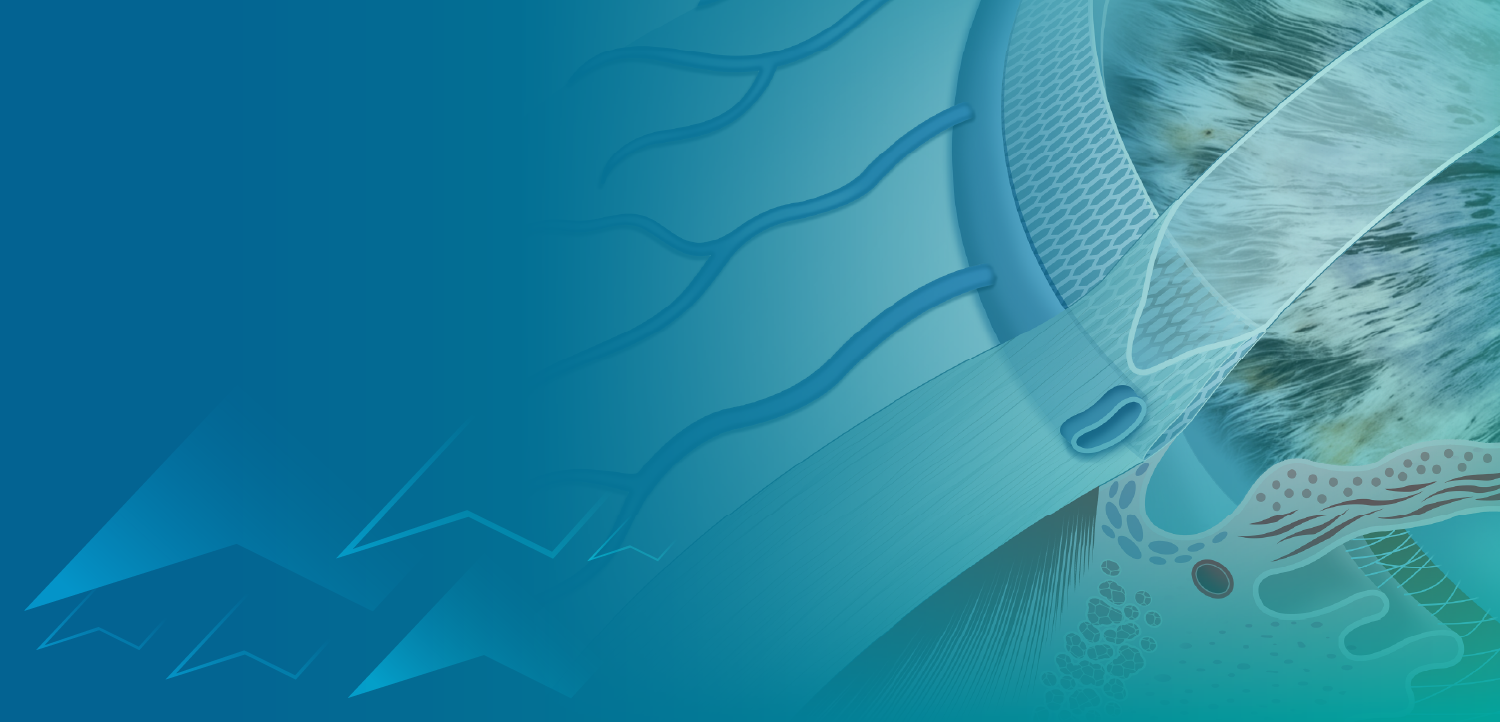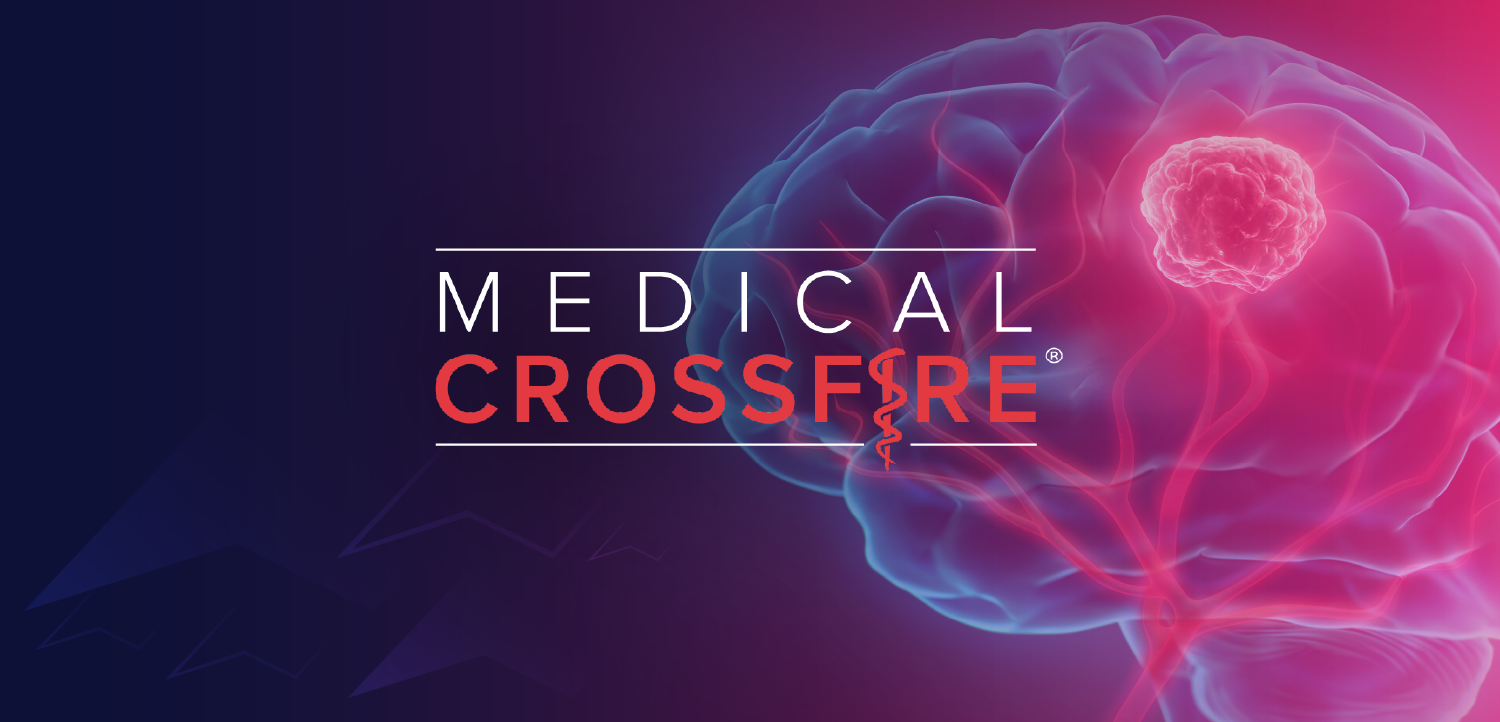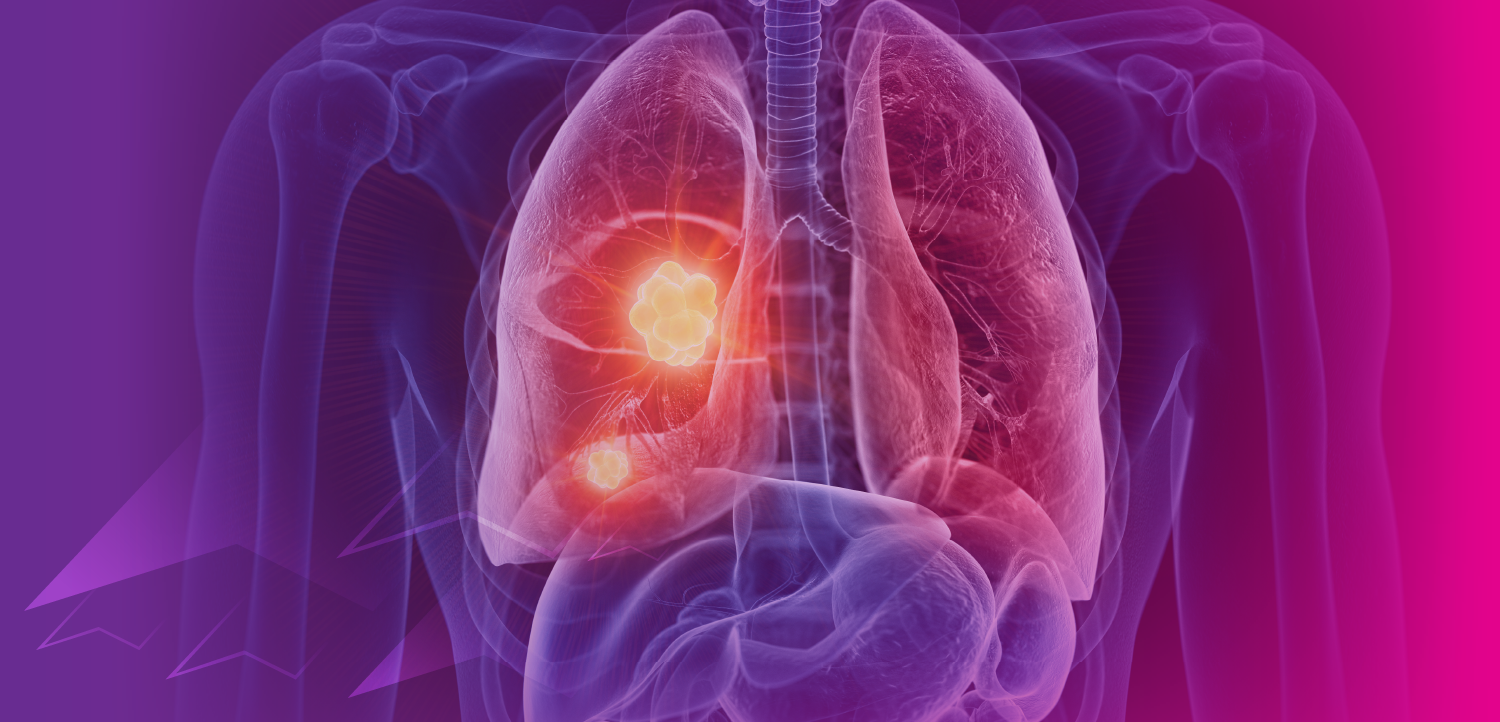
3 Red-hot Questions About Elevated Hemoglobin
High hemoglobin is less common than low and often more confusing. Find answers to your questions about this lab abnormality here.
A low hemoglobin level, or anemia, is commonplace in primary care practice. Less common, and sometimes more confusing, is an elevated hemoglobin level, or erythrocytosis.1,2
If you were afraid to ask how to define, classify, and work up erythrocytosis, here is a chance to get comfortable with this particular lab abnormality.
1. What is the simplest manner in which to identify, classify, and evaluate elevated hemoglobins?
Hematocrits greater than 52% in men and 48% in women qualify as erythrocytosis and need further evaluation. The first question to be answered is whether the elevation in hematocrit is primary (a myeloproliferative disease, like polycythemia rubra vera, or PRV) or secondary (such as an elevation in hemoglobin in response to a low oxygen level or excess erythropoietin). There are systematic ways in which to approach the workup, beginning with the history and physical.
2. As a primary care provider, what information can you glean from a focused history and physical?
Secondary erythrocytosis can be a consequence of cyanotic congenital heart disease, obesity hypoventilation syndrome, smoking, or obstructive sleep apnea-or any disturbances that lower oxygen levels and stimulate secondary, compensatory increases in hemoglobin. Asking pertinent questions-“Do you snore when you sleep?” and “Are you a long-term or heavy smoker?”-may lead you to measure oxygen saturation (do pulse oximetry in the office-less than 92% saturation should prompt consideration of secondary erythrocytosis).
A newer cause of erythrocytosis is testosterone administration in men. Does the patient have hypertension and the appearance of Cushing disease, another cause of secondary erythrocytosis?
These hypoxemic risk factors all may be absent and lead to consideration of primary disease or PRV. Patients may have a ruddy, or “plethoric,” complexion and other exam findings of a hematological disorder, such as splenomegaly. They may complain of aquagenic pruritis, or itching, when exposed to water. They also may experience thrombotic complications, such as hepatic vein thrombosis (Budd Chiari syndrome).
3. What tests are most helpful after the history and physical?
Some tumors precipitate erythrocytosis. Renal cell carcinoma, Wilms tumor, paragangliomas, pituitary adenomas, hepatocellular carcinoma, cerebellar hemangioblastomas, and large uterine fibromas are considerations.
Why do they cause an elevation in hemoglobin? They all are associated with increases in erythropoietin. So, not only is a decrease in oxygen saturation a good way to identify secondary etiologies, so is an elevation in erythropoietin.
The standard for making a diagnosis of primary disease or PRV is a lab test that identifies the JAK-2 mutation, the marker for a clonal proliferative neoplasm (PRV). When secondary causes are eliminated, this test is essential.
Take-home Points:
• Use the history and physical to implicate hypoxemia as the cause of an elevated hemoglobin.
• The history and physical have important roles in identifying primary and secondary causes of erythrocytosis.
• Pulse oximetry, erythropoietin, and the JAK-2 mutation help primary care providers make a diagnosis of the cause of an elevation in hematocrit.
References:
1. Lee G, Arcasoy MO.
2. Kremyanskaya M, Mascarenhas J, Hoffman R.
Newsletter
Enhance your clinical practice with the Patient Care newsletter, offering the latest evidence-based guidelines, diagnostic insights, and treatment strategies for primary care physicians.















































































































































































































































































































